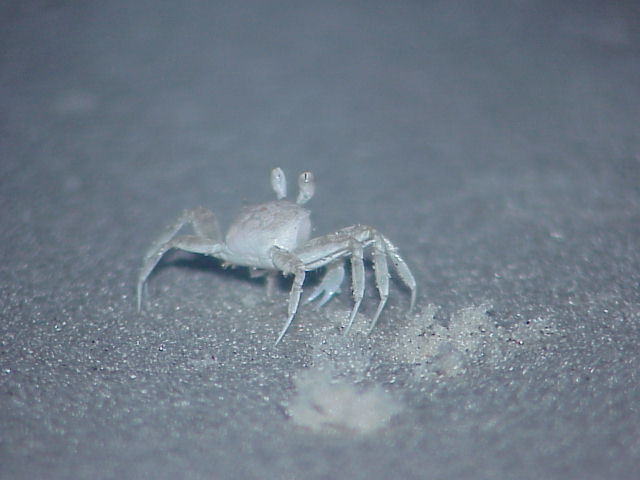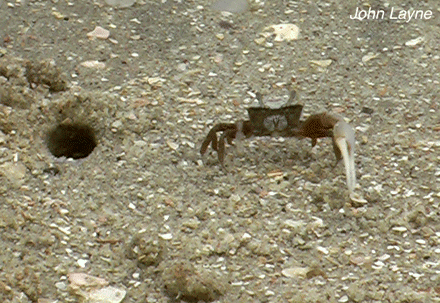An arenophile is someone that collects sand specimens from different beaches.
Not to be confused with a person that loves aviation – an areophile.
But we’ve only scratched the surface here. Check back often at http://www.beachchairscientist.com for more insight about your favorite beach discoveries.










What people are saying …